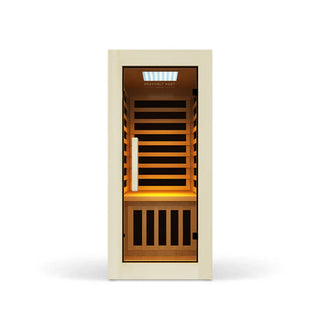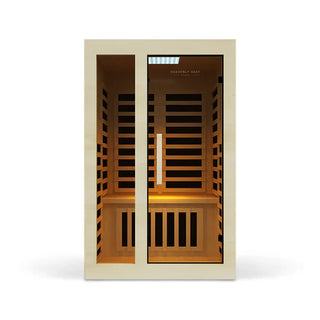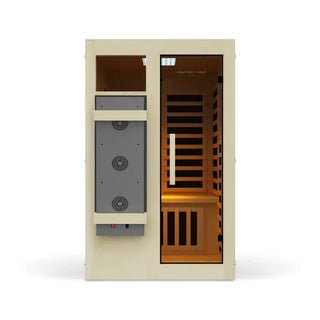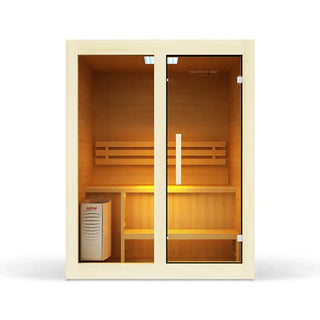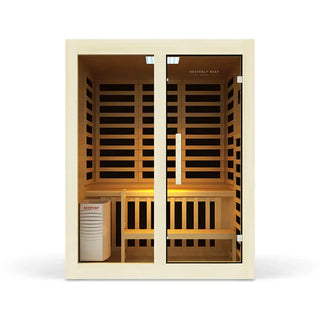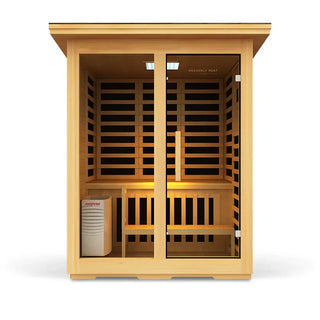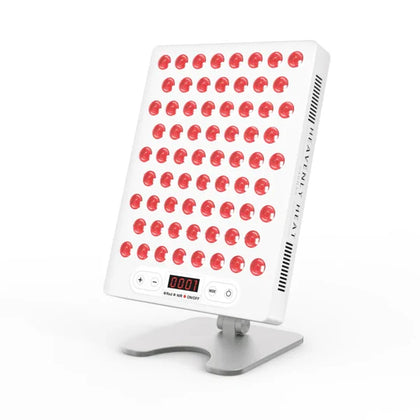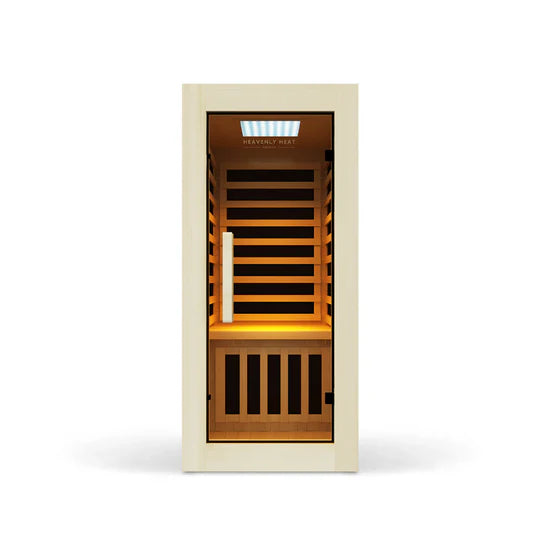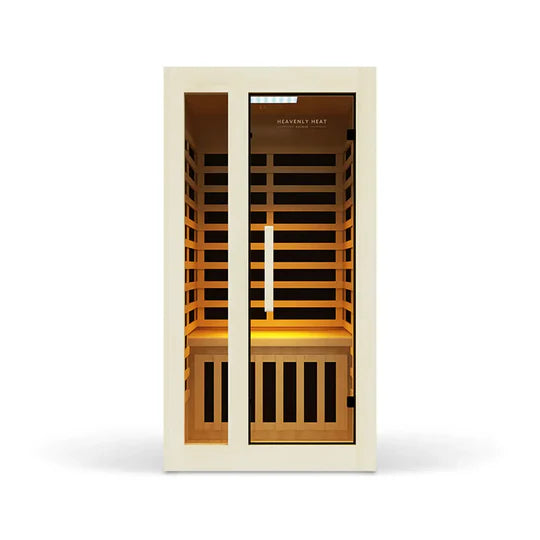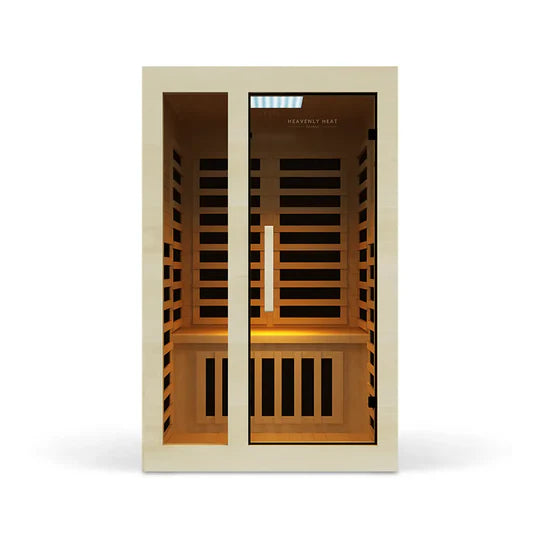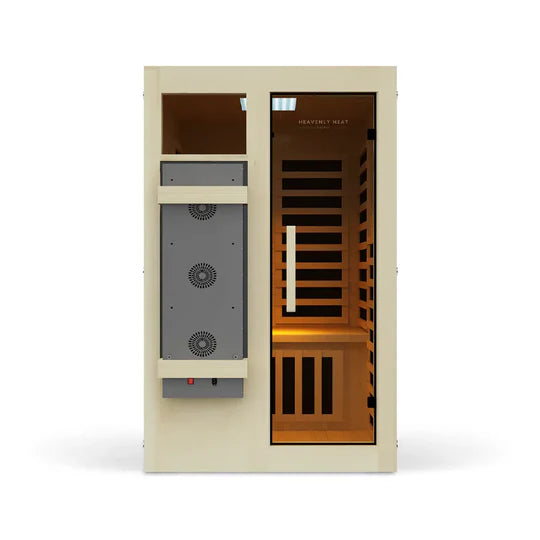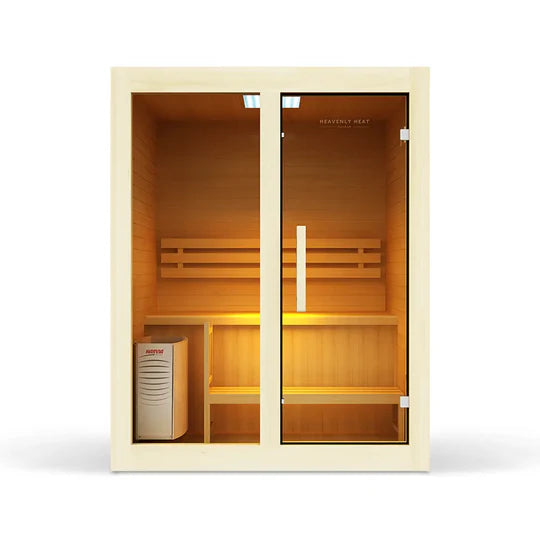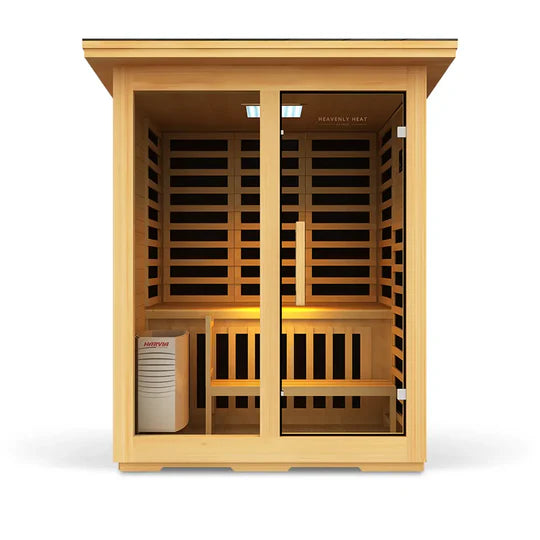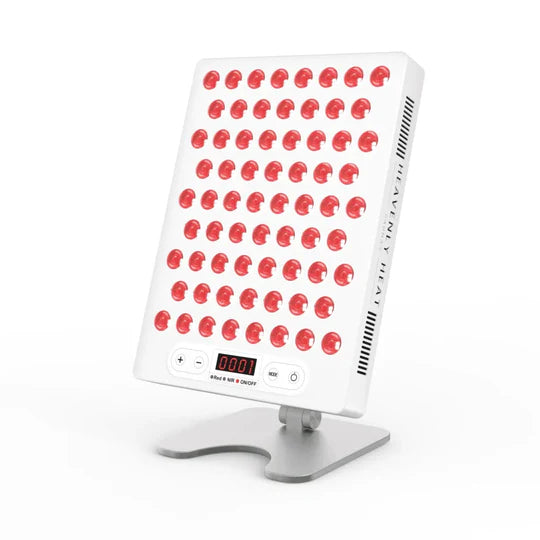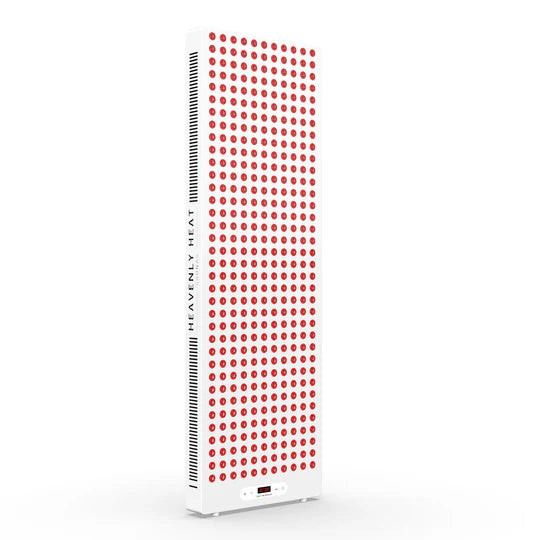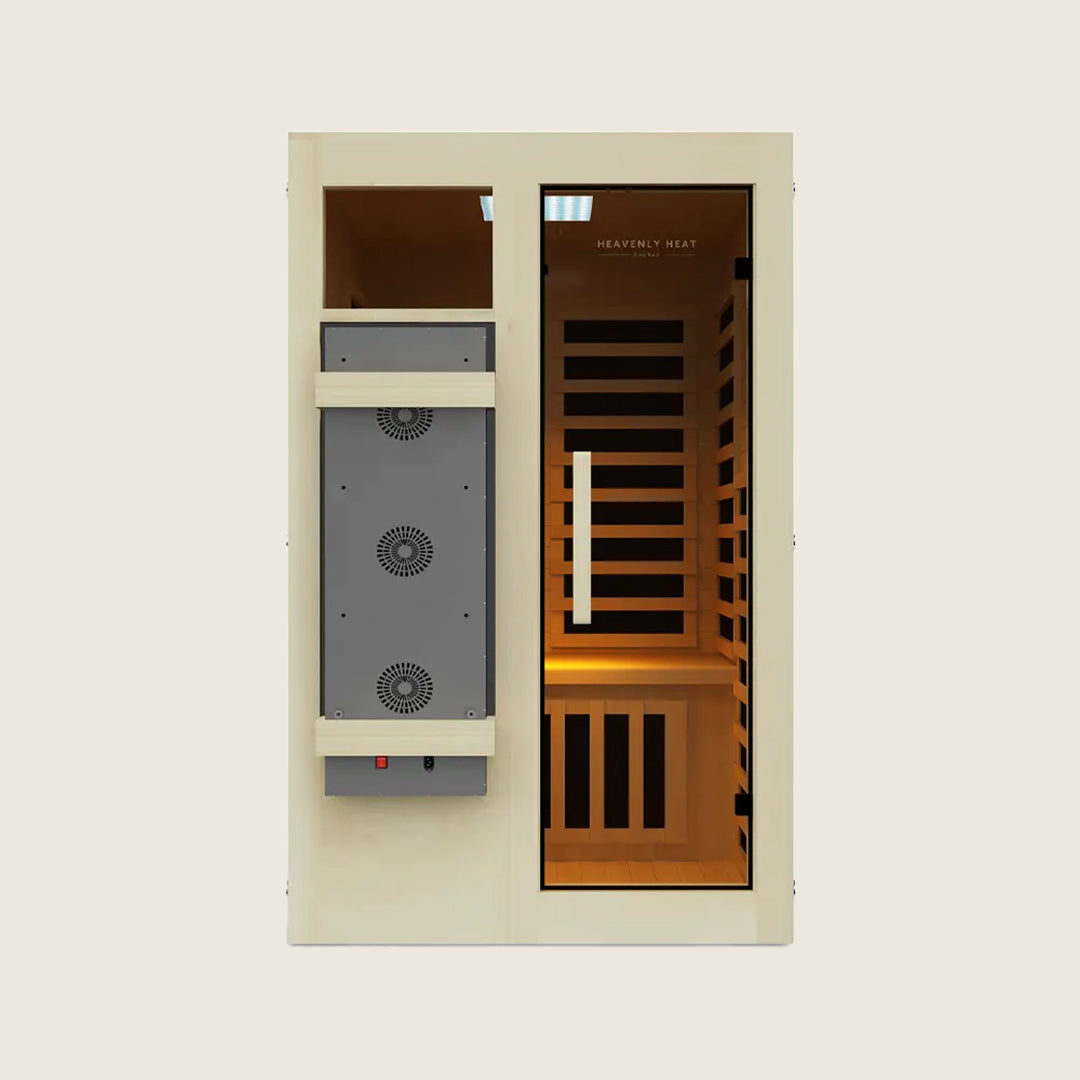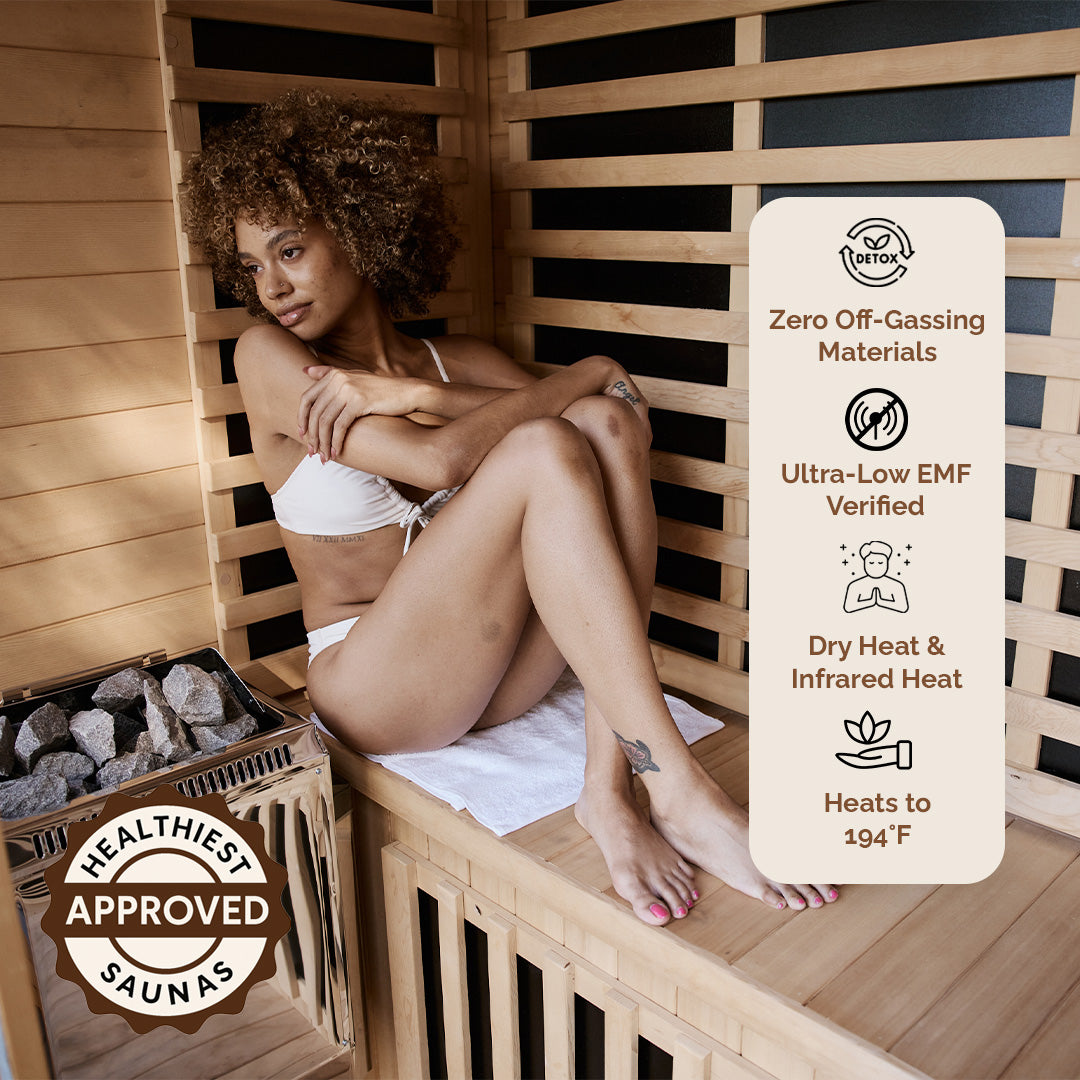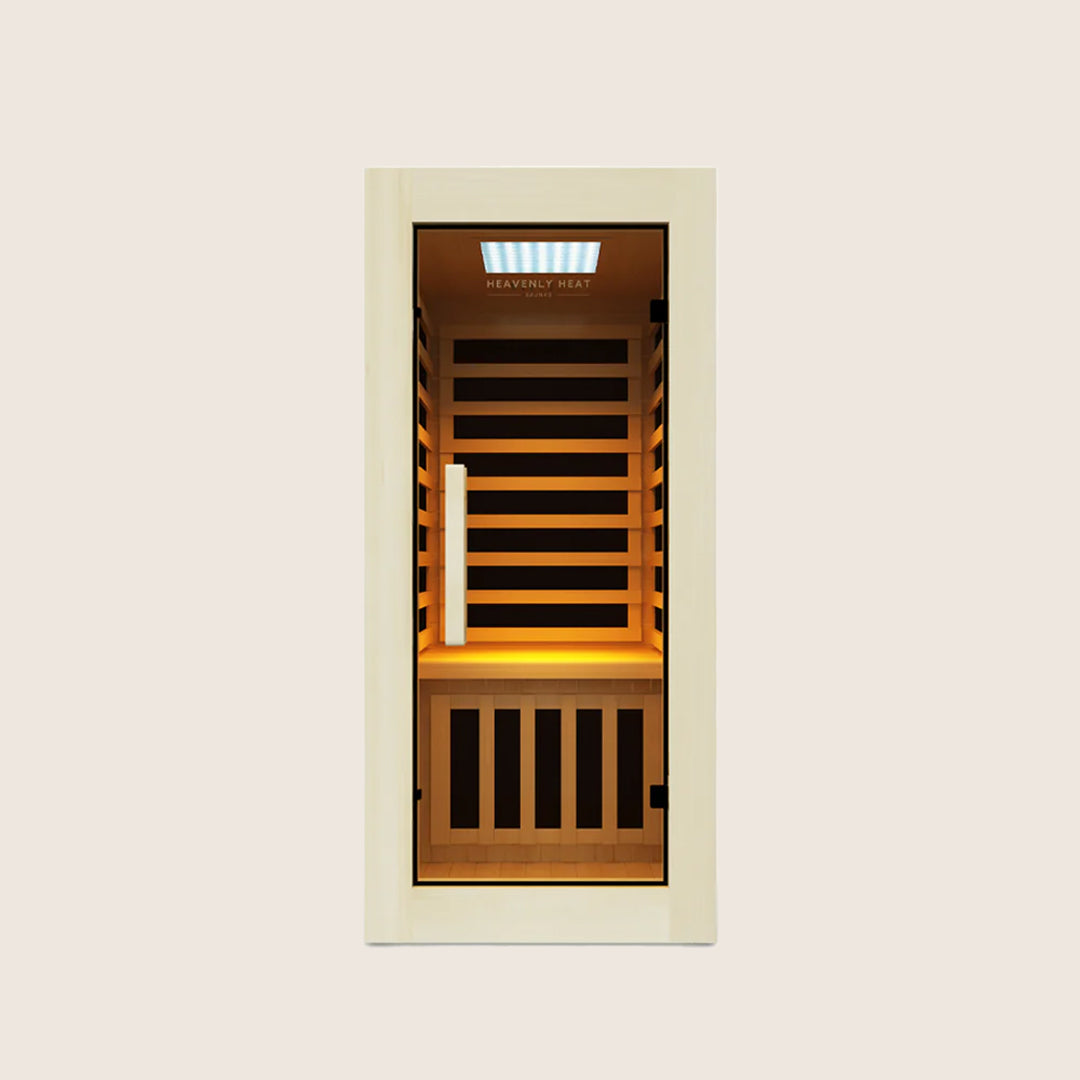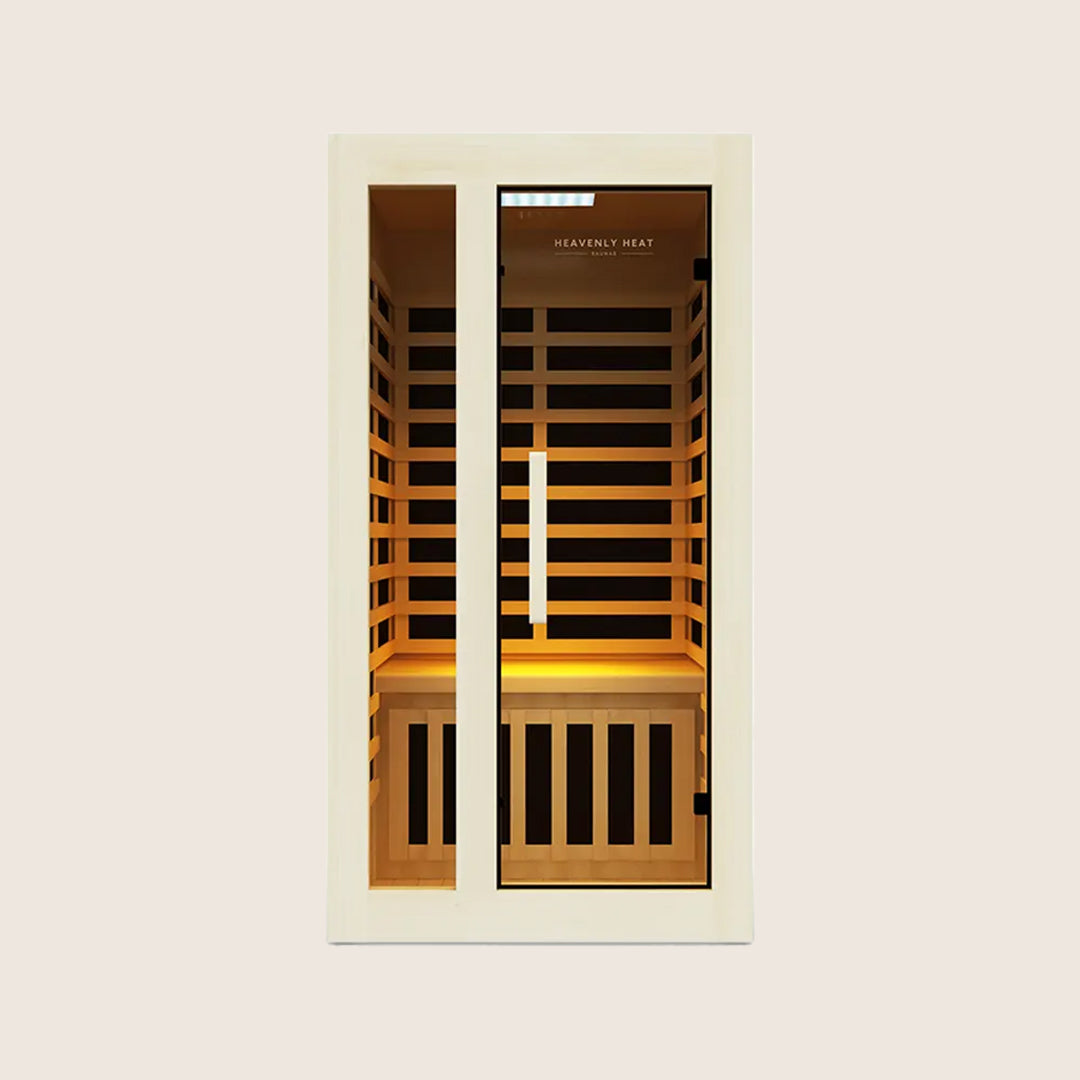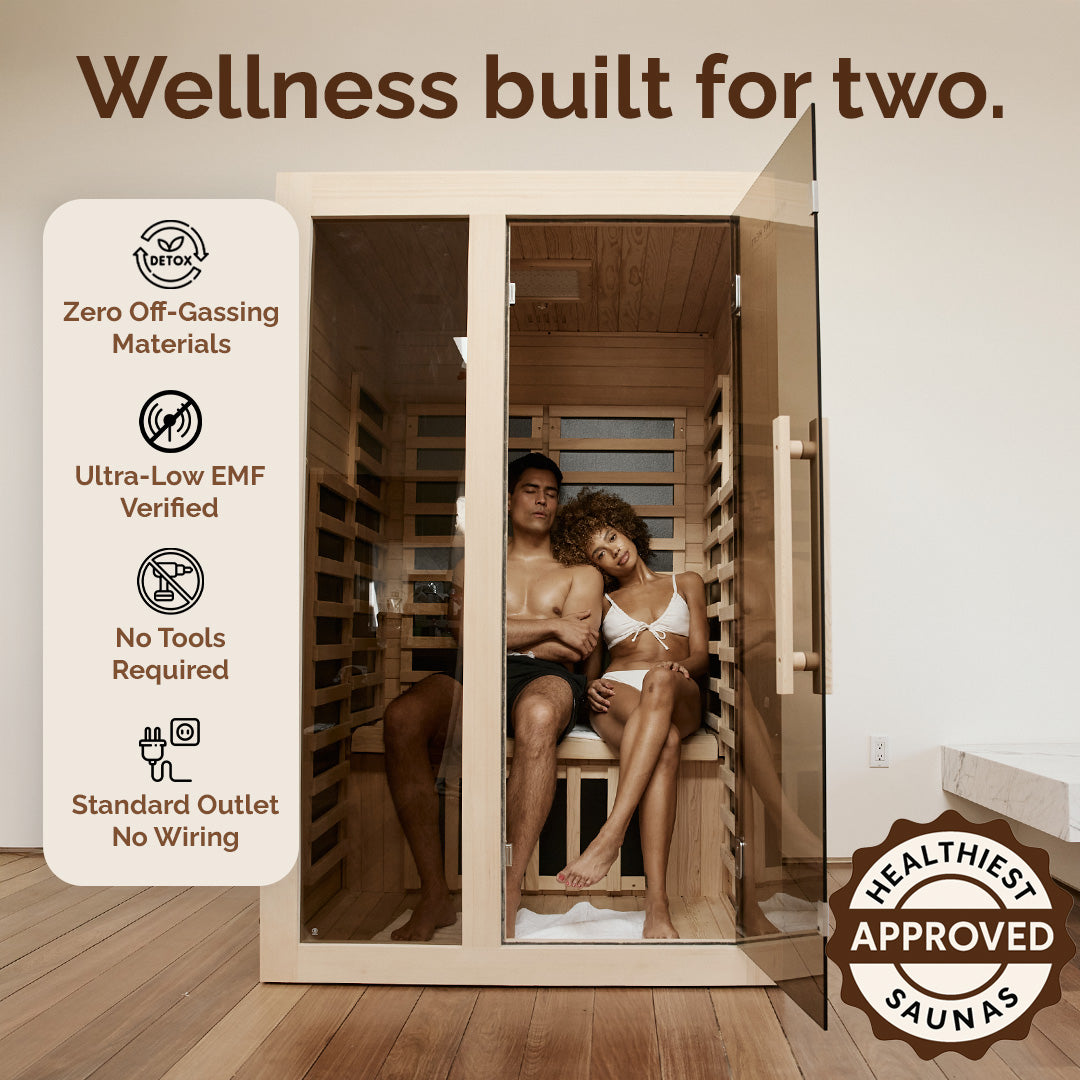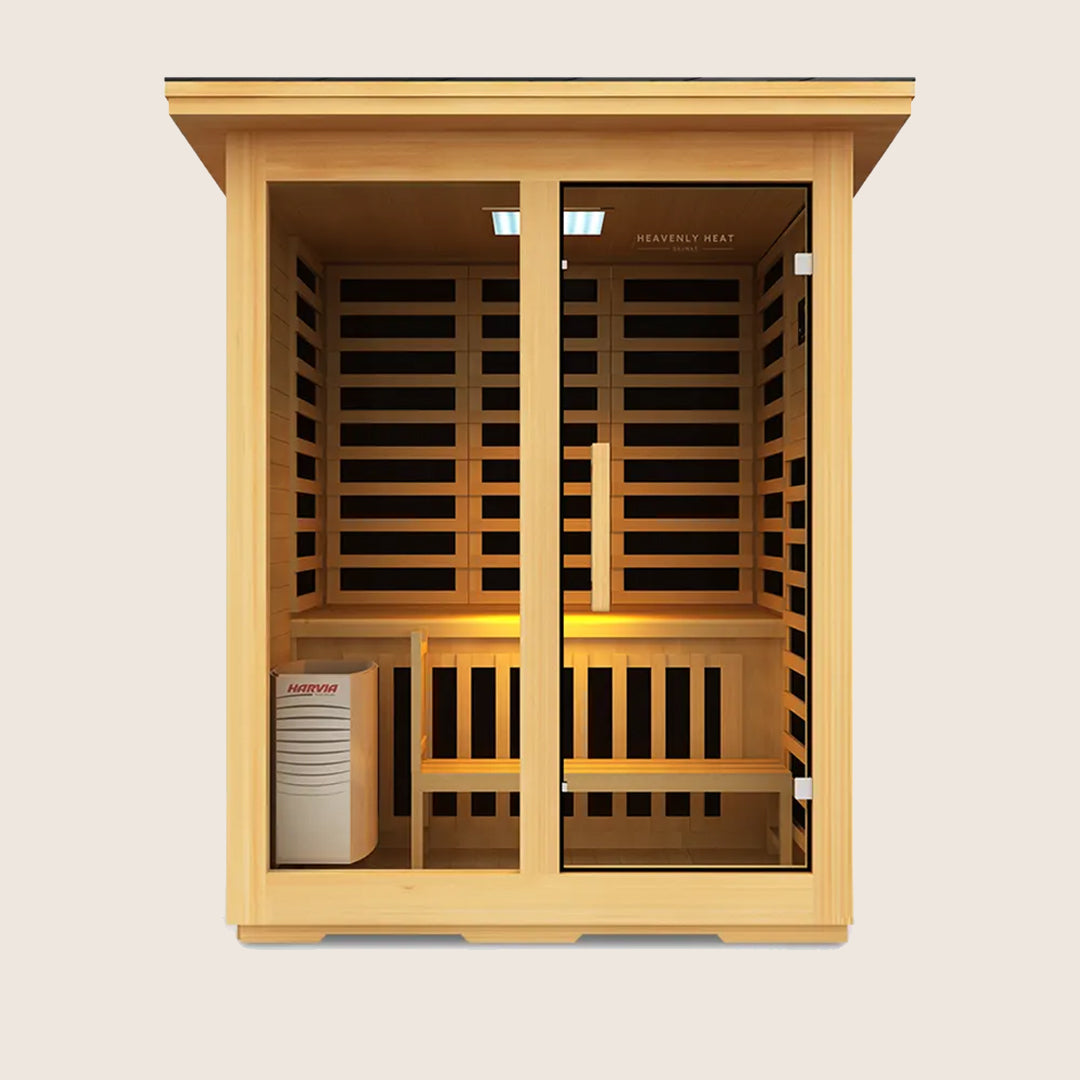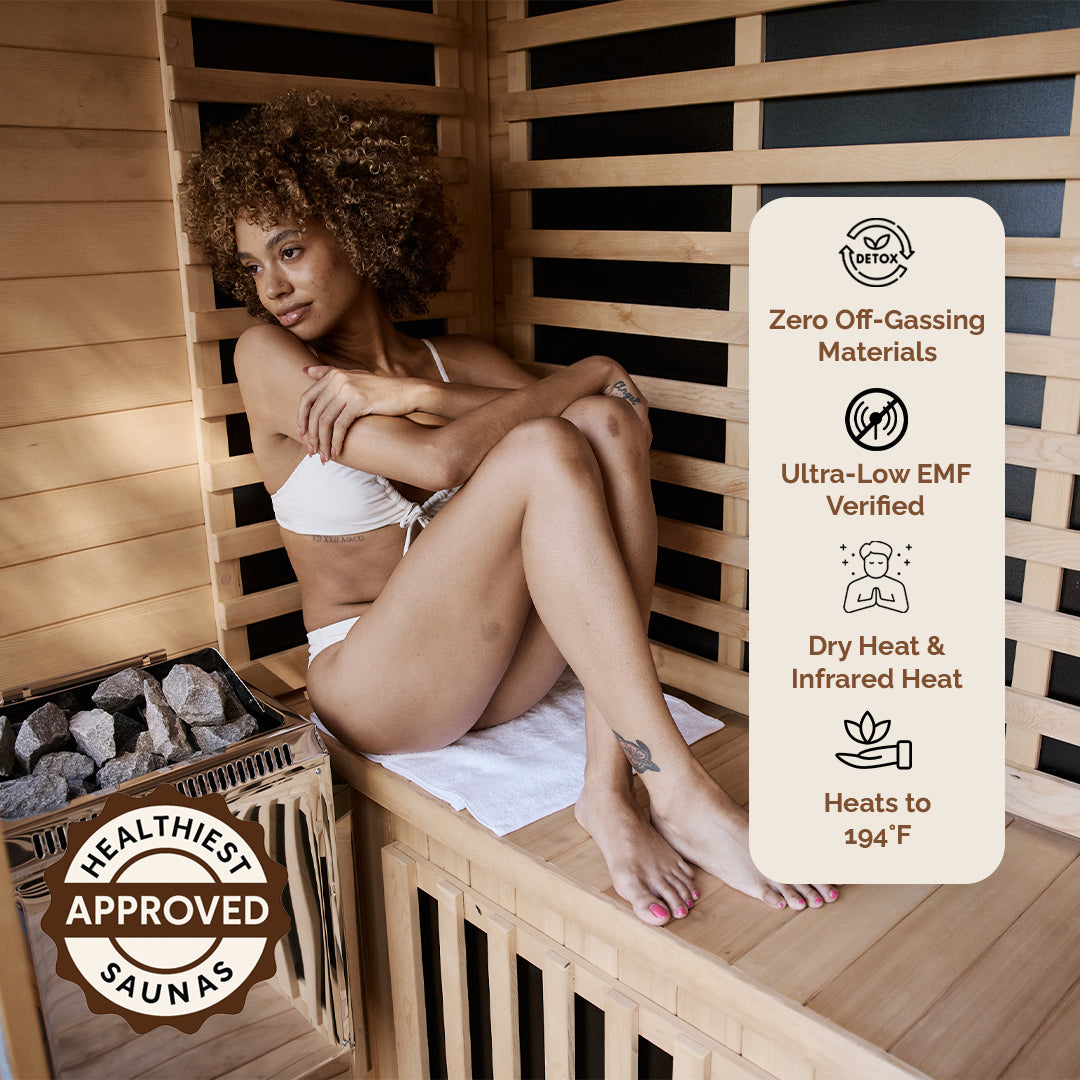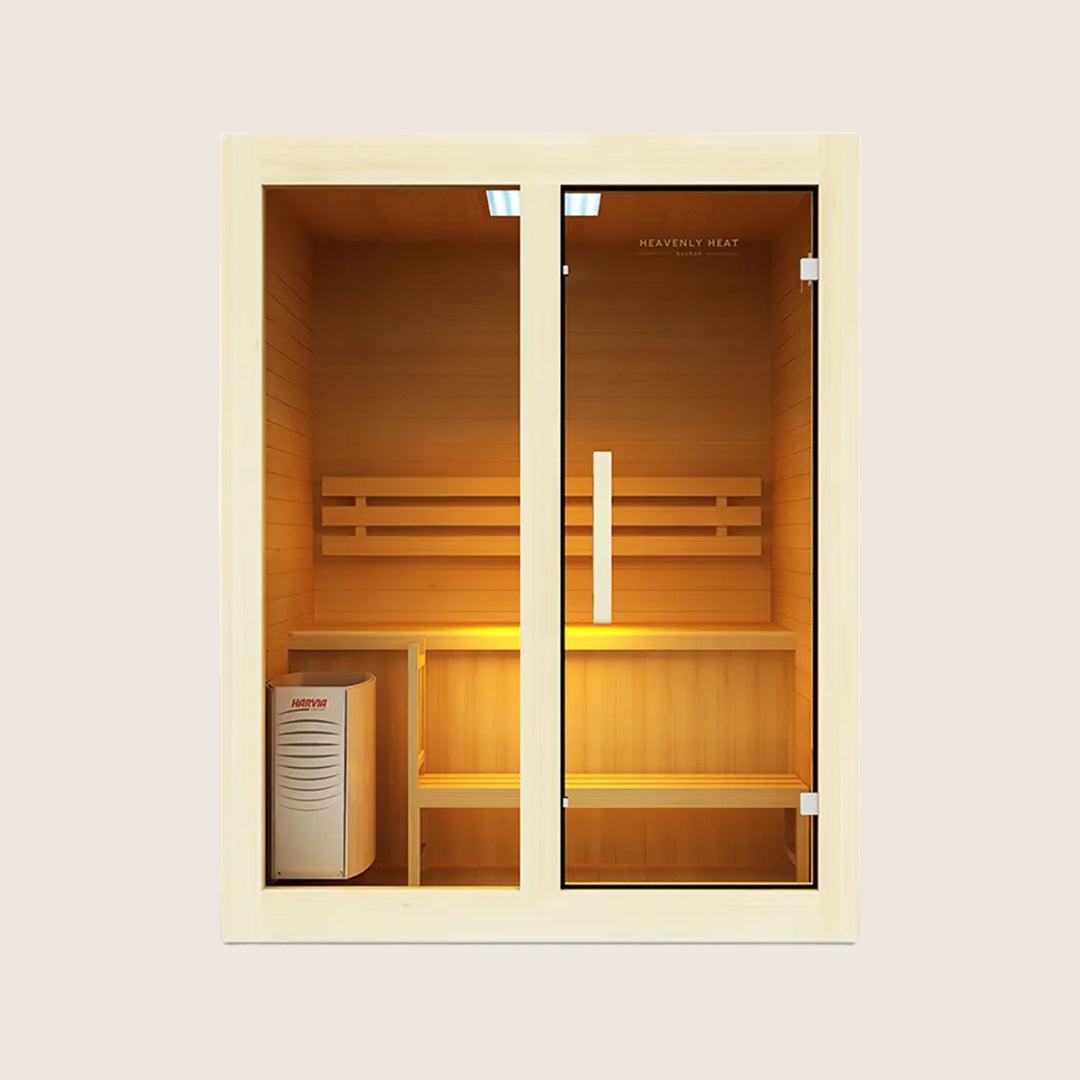What To Do After Cold Plunge?
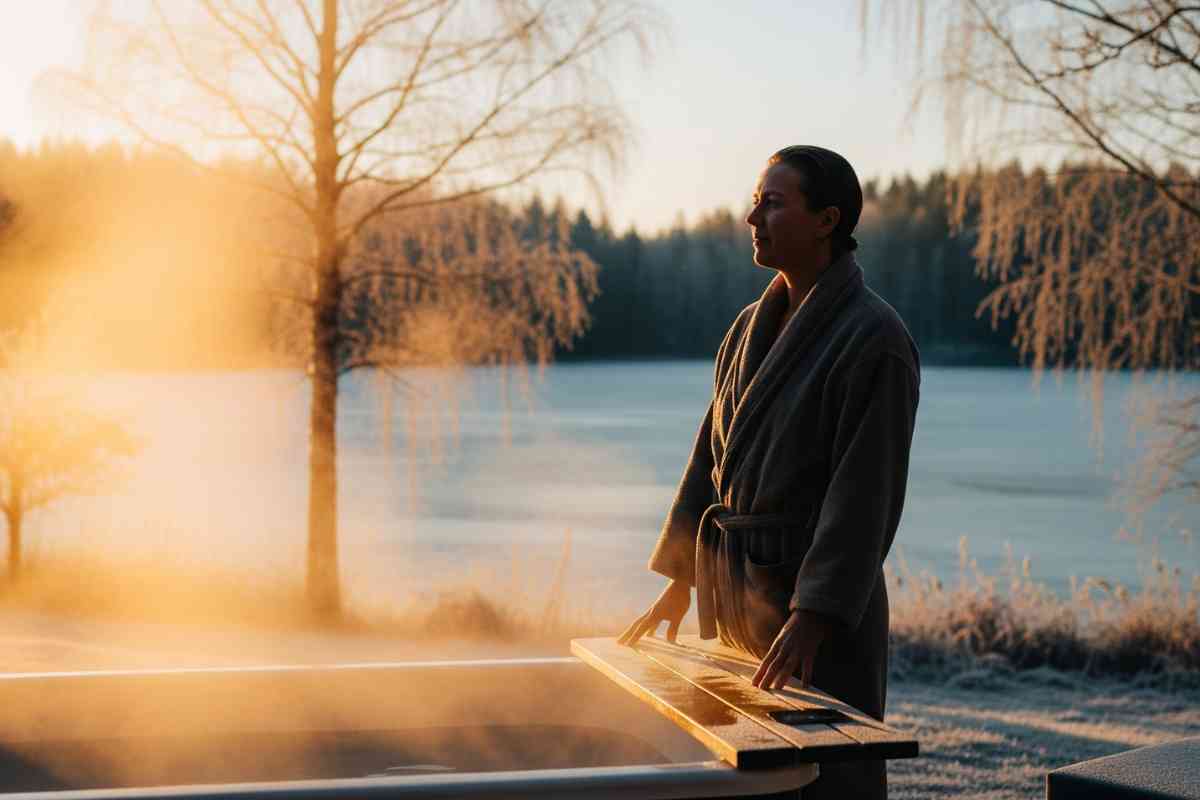
Cold plunges are powerful, but what you do before and after makes all the difference. The right steps can boost results, improve safety, and help you feel amazing, not just cold.
Whether you’re new or experienced, this guide breaks down exactly what to do before and after your plunge so you get the full benefit.
Key Takeaways
Hydrate and Warm Up First: Support circulation and reduce cold shock with water and light movement.
Breathe and Focus: Use deep breathing or meditation to stay calm and present before and after.
Refuel and Rewarm Gently: Eat a healthy snack, sip warm fluids, and avoid sudden heat.
Move Slowly After: Gentle stretching or light activity helps restore warmth and circulation.
Reflect and Grow: Journaling deepens the mental benefits and reinforces personal insights.

Best things to do before cold plunge
Hydrate Properly to Support Circulation
Hydrating properly keeps your blood flowing smoothly and helps your body regulate temperature.
This is key before a cold plunge, as it boosts circulation and reduces the shock to your system.
Being well-hydrated also lessens the risk of dizziness or cramps. Avoid overhydration, sip steadily, don’t chug. Always listen to your body before taking the plunge.

Warm Up with Light Physical Activity
Warming up with light physical activity boosts blood flow, loosens muscles, and preps your body for sudden cold exposure.
This helps your body adjust more smoothly during a cold plunge, reducing shock and enhancing recovery benefits.
Just avoid overexertion, keep it light and easy. Always listen to your body and don’t skip the warm-up step.

Practice Deep Breathing or Meditation
Deep breathing and meditation help calm your mind and body, lowering stress and heart rate.
This makes your cold plunge smoother by reducing shock and improving tolerance to cold.
You’ll feel more in control and less tense. Just remember to never hyperventilate before entering cold water, stay calm and breathe naturally.
Take a Warm Shower to Prepare Your Body
Taking a warm shower relaxes your muscles and gradually raises your body temperature, which makes the shock of a cold plunge less intense.
This simple step helps your body ease into the cold, reducing the risk of muscle cramps or rapid breathing. Just make sure the water isn’t too hot to avoid sudden temperature contrast.
Set a Clear Intention and Time Limit
Set a Clear Intention and Time Limit helps you stay focused and mentally prepared. Knowing why you're plunging and how long keeps panic away builds confidence.
This makes your cold plunge more effective, safe, and rewarding. Precaution: Don’t overstay, listen to your body. Clear goals plus limits equal a powerful, safe plunge.
Avoid Heavy Meals or Alcohol Beforehand
Avoiding heavy meals or alcohol before a cold plunge helps your body regulate temperature more effectively and reduces nausea or discomfort.
This simple step ensures you feel light, focused, and fully alert during the plunge. It allows your body to handle the cold shock better. Precaution: Wait at least 2 hours after eating or drinking.
Gather All Essentials and Safety Gear
Gathering essentials and safety gear ensures you're fully prepared, think towel, robe, timer, and warm clothes.
These items boost comfort and safety, making your cold plunge smoother and less shocking.
Being ready means less stress and more focus on the benefits. Always check water temperature, avoid going alone, and listen to your body to stay safe.
Best thing to do after cold plunge
Warm Up Gradually and Safely
Don’t jump into a hot shower, sauna, or hot tub right after a cold plunge. “That will cause your blood vessels to relax or dilate, and you could pass out,” says Dr. Tracy Zaslow.
Hydrate to Rebalance Your Body
After a cold plunge, your body goes into recovery mode. It loses fluids faster, so drinking water right away helps your system rebalance.
But don’t just reach for plain water, adding electrolytes like magnesium or sodium helps restore what you lost.
Try coconut water, a pinch of sea salt in warm lemon water, or a homemade electrolyte drink.
Warm water is often easier to tolerate after the plunge, while cold drinks might slow your rewarming.
Aim for one or two glasses and sip slowly to stay hydrated without shocking your system.
Stretch or Do Light Movement
Once you're out of the cold, gentle movement helps your blood flow return to normal and brings warmth back into your muscles.
Walking, swinging your arms, or light yoga poses are perfect. Avoid intense exercise; the goal is to support your recovery, not stress your body.
Static stretches, like hamstring holds or child’s pose, help relax tight areas. Spend about five to ten minutes moving or stretching.
Give yourself a few minutes after the plunge before you begin, so your body has time to adjust before going into motion.
Nourish Yourself with a Healthy Snack
Your body burns energy during a cold plunge, so it’s smart to refuel with a healthy snack afterward.
Look for a balance of protein, healthy fats, and some carbs. A boiled egg with whole-grain toast, Greek yogurt with berries, or a peanut butter banana smoothie are great options.
Protein helps muscle repair, fats support hormone balance, and carbs give quick energy.
Smoothies are a fast, easy way to get all three in one. Don’t overeat, just give your body the nutrients it needs to recover and stay energized.
Practice Deep Breathing or Meditation
As your body warms up, take a few moments to focus on your breath. Cold exposure can cause shallow or fast breathing, so slowing it down helps your nervous system settle.
Try deep belly breaths or a technique like box breathing to calm your mind. If you prefer something more energizing, try Wim Hof breathing, but only if your body feels ready.
Follow with a short meditation to clear your mind. Even two to five minutes of mindfulness can boost your mood, focus, and overall sense of calm.
Take a Warm Shower or Sauna (If Needed)
Taking a warm shower or sauna after a cold plunge helps relax your muscles, boost blood flow, and gently warm your body.
This transition supports recovery and reduces any lingering chill. It enhances the benefits of the cold plunge by balancing your nervous system. Just avoid overheating too quickly, let your body adjust gradually for safety.
Reflect and Journal Your Experience
Cold plunges don’t just change your body, they shift your mindset. Afterward, grab a journal and write down what you felt physically and emotionally.
Were you anxious, proud, surprised? What did the cold teach you about discomfort or control?
Maybe it reminded you that fear doesn’t always tell the truth. This is your chance to turn the experience into something deeper.
End by writing one thing you’re grateful for. It grounds your mind and helps you carry that clarity into the rest of your day.


